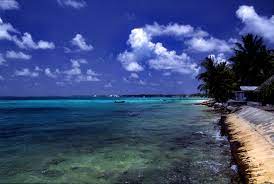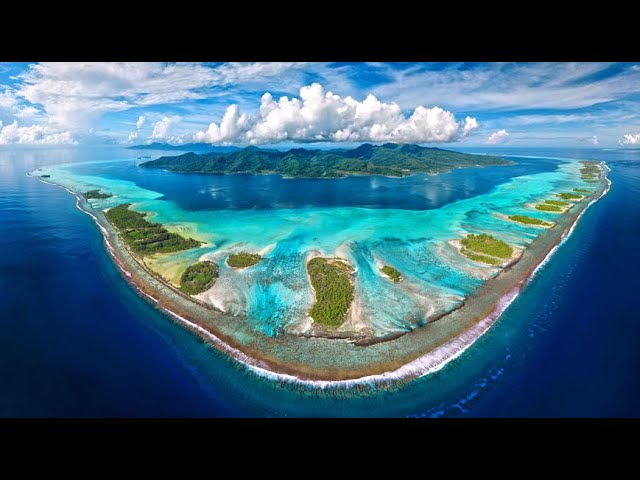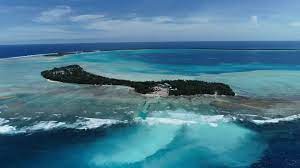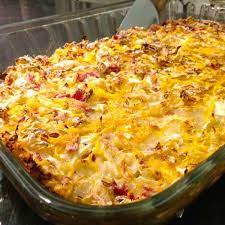Tuvalu travel tips
Tuvalu travel tips: Is a Polynesian island nation in the Pacific Ocean, known for its small size, low elevation, and coral atolls.
Atolls 🌎
Tuvalu travel tips. Here is a list of all the atolls of the Tuvalu.

Funafuti

Nanumea

Nanumanga

Niutao

Nui

Nukufetau

Nukulaelae

Vaitupu

Niulakita
Before you go 🛩
Important information you should know before your trip
Info

Capital | Funafuti
Flag Codes:
ISO alpha-2 TV,
ISO alpha-3 TUV
Currency
Badge | Australian dollar
CODE | AUD
NUMBER | 036
SYMBOL | $
FRACTION | penny
Mobile Coverage
Dialing Code | +688
SIM Card
Coverage | 3G / 4G / 5G |
Mobile Networks |

Location
Tuvalu is a small island nation located in the Pacific Ocean. It is situated in the central Pacific, between Hawaii and Australia. Tuvalu is composed of a chain of nine coral atolls, which are low-lying islands formed on coral reefs. The nine atolls are Nanumea, Nanumanga, Niutao, Nui, Vaitupu, Nukufetau, Funafuti, Nukulaelae, and Niulakita.
The capital and largest city of Tuvalu is Funafuti, which is located on the atoll of Funafuti. Funafuti Atoll is the most developed and populous area in Tuvalu, where the government offices, services, and main airport are located. The other atolls are smaller and have smaller populations.
Tuvalu is known for its beautiful turquoise waters, white sandy beaches, and vibrant marine life. It is a remote and relatively isolated country, with a total land area of approximately 26 square kilometers. Due to its low-lying geography, Tuvalu is vulnerable to the impacts of climate change, particularly rising sea levels.
Currency
The currency of Tuvalu is the Tuvaluan dollar (currency code: TVD).
However, it’s important to note that the Tuvaluan dollar is not widely circulated or used outside of Tuvalu.
In practice, the Australian dollar (AUD) is the official currency and is used for most transactions in Tuvalu.
Tuvalu is a small island nation located in the Pacific Ocean and is part of the British Commonwealth.
The Australian dollar is the legal tender and is accepted for payments throughout the country.
It is advisable to have Australian dollars in cash when visiting Tuvalu or to use credit cards, which are accepted at some businesses.
Languages
The primary language spoken in Tuvalu is Tuvaluan. Tuvaluan is a Polynesian language and is the national language of the country. It is closely related to other Polynesian languages spoken in the Pacific region, such as Samoan and Tokelauan.
English is also widely spoken and understood in Tuvalu, especially in government, education, and business settings. English is taught in schools and is used for official purposes, making it a second language for many Tuvaluans. Visitors to Tuvalu should generally have no difficulty communicating in English.
When traveling to Tuvalu, it’s always helpful to learn a few basic greetings and phrases in Tuvaluan to show respect and engage with the local culture. Tuvaluans are generally friendly and welcoming, and making an effort to learn a few words in the local language can enhance your experience and interactions with the local community.
Climate 🌡
Tuvalu has a tropical climate characterized by warm temperatures and high humidity throughout the year. The climate of Tuvalu is influenced by its location in the equatorial region of the Pacific Ocean. Here are some key features of Tuvalu’s climate:
Temperature: Tuvalu experiences consistent temperatures throughout the year, with little seasonal variation. Average temperatures range between 26°C (79°F) and 31°C (88°F) during the day, with slightly cooler temperatures at night. The heat and humidity can be quite intense, especially during the wet season.
Wet and Dry Seasons:
Tuvalu has two distinct seasons: a wet season and a dry season.
Wet Season: The wet season in Tuvalu generally occurs from November to March, with December and January being the wettest months. During this period, the islands experience increased rainfall, occasional tropical storms, and higher humidity. The wet season can bring heavy downpours, but rainfall patterns can vary.
Dry Season: The dry season in Tuvalu typically lasts from April to October. It is characterized by lower humidity and less rainfall. However, even during the dry season, brief showers or isolated rainstorms can occur.
Sea Breezes and Trade Winds: Tuvalu benefits from refreshing sea breezes and trade winds, which help moderate the temperatures and provide some relief from the heat. These breezes are particularly noticeable along the coasts.
Rising Sea Levels and Climate Change: Tuvalu, like many other low-lying Pacific islands, is vulnerable to the impacts of climate change, particularly rising sea levels. The rising sea levels pose a threat to the long-term survival of the country and its people.
Tuvalu travel tips
If you’re planning a trip to Tuvalu, here are some travel tips to enhance your experience:
Island Paradise:
Discover Tuvalu’s serene beauty with its pristine beaches, turquoise waters, and vibrant coral reefs.
Local Culture:
Respect Tuvalu’s Polynesian culture; engage with locals, try traditional food, and participate in community events.
Flight Logistics:
Confirm flight schedules in advance, as options may be limited; book well ahead to secure your travel plans.
Island Hopping:
Explore different atolls to experience diverse landscapes; each atoll offers unique attractions and cultural experiences.
Transportation:
Utilize bicycles and local boats for transportation; embrace the slow pace and enjoy the simplicity of island life. View Guide.
Coral Conservation:
Practice responsible reef etiquette; avoid touching or damaging coral while snorkeling or diving.
Weather Patterns:
Be aware of weather conditions, especially during the cyclone season (November to March); plan activities accordingly.
Enjoy your time in Tuvalu!

The best of the best
Tuvaluan cuisine reflects the traditional Polynesian flavors and ingredients, with an emphasis on seafood, coconut, root crops, and tropical fruits.

Palusami
Palusami is a popular dish made with taro leaves cooked in coconut cream.

Ika Mata
Ika Mata is a traditional Polynesian dish that is also enjoyed in Tuvalu. It typically consists of raw fish marinated in lime juice and coconut milk, along with onions, tomatoes, and other seasonings.

Te Bua
Te Bua is a dessert made with grated coconut, sugar, and flour. It is often steamed and served as a sweet treat.
Here are some typical foods you may find in Tuvalu:
Seafood: Given its island location, seafood is a staple in Tuvaluan cuisine. Fresh fish, such as tuna, mahi-mahi, and reef fish, are commonly used in various dishes. Grilled, steamed, or curried fish are popular preparations.
Luau: Luau refers to young taro leaves that are cooked and mashed into a paste, similar to poi in other Polynesian cultures. It is often served as a side dish alongside fish or other meats.
Coconut-based Dishes: Coconut plays a significant role in Tuvaluan cooking. Coconut cream, grated coconut, and coconut milk are used in many dishes, adding rich flavors and creamy textures.
Pulaka: Pulaka, also known as swamp taro, is a starchy root crop that is cultivated in Tuvalu. It is often boiled or roasted and served as a staple food, similar to how potatoes are used in other cuisines.
Tropical Fruits: Tuvalu is abundant in tropical fruits, including bananas, papayas, breadfruit, and coconuts. These fruits are commonly eaten fresh or incorporated into desserts and drinks.
Tuvaluan cuisine celebrates local ingredients and traditional cooking methods. While visiting Tuvalu, you may have the opportunity to try these authentic dishes at local restaurants, family gatherings, or cultural events.
Transportation 🚥
More information about this country
Choose your destination 📍🗺
Useful Links ✅



